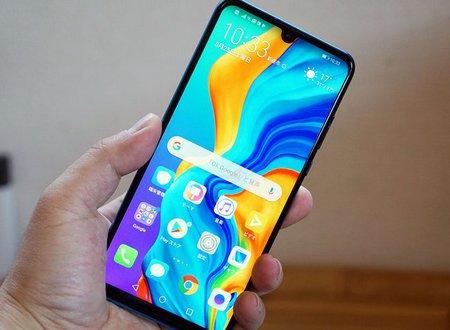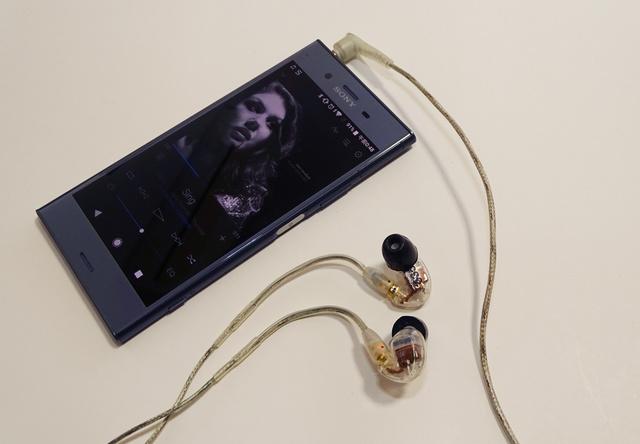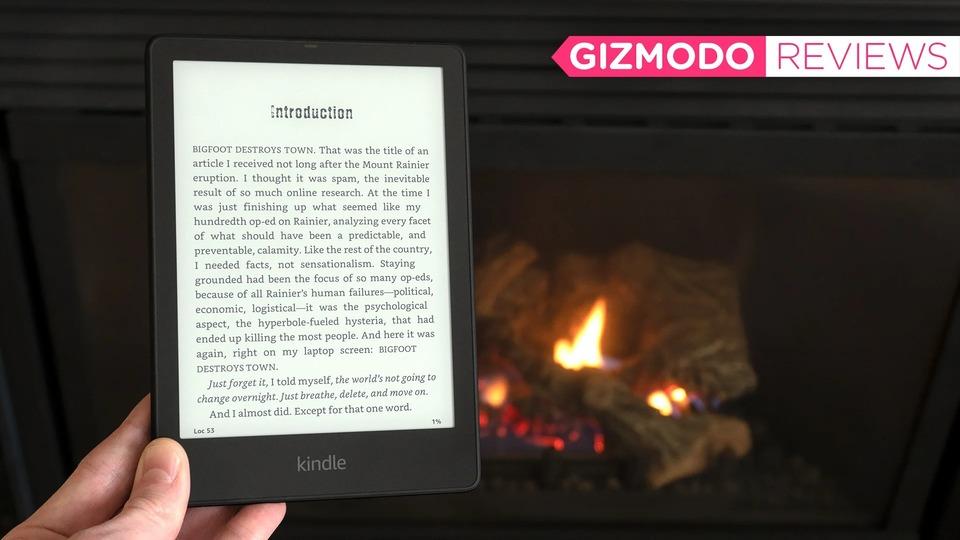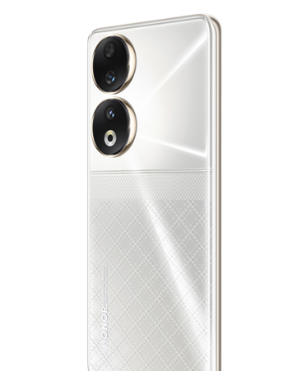Huawei Japan has announced the "HUAWEI Mate 20 Pro" as the latest model of the "Mate series". The estimated market price is 111,880 yen (excluding tax) and will be released from November 30th.
While 2018 is approaching the end of the year, the “HUAWEI Mate 20 Pro”, which is probably the last flagship smartphone of the year, has finally appeared. The design is a 3D-like three-dimensional body with flowing glass, and will be released from Softbank. Three color variations are available: Midnight Blue, Twilight, and Black (Softbank exclusive). The main unit has IP68 equivalent water and dust resistance.
The main unit was slightly elongated compared to the previous model "Mate 10 Pro" and had a size like Pixel 3 XL. As a smartphone of this class, it is very easy to hold, and the screen display area is 6.3 inches (3,120 x 1,440 dots), which is 0.3 inches larger than the 6 inches of the "Mate 10 Pro". The ability to display a greater amount of information at once is a point that can be greatly appreciated. This was achieved by making the aspect ratio 19.5:9, which is narrower than before.
The power button on the side has an accent color that makes it look more attractive. The bezel part is curved like Samsung's Galaxy smartphone, but it doesn't have the customizability of displaying weather forecasts and notifications on that Galaxy edge.
The back has 3 cameras (described later) and 1 flashlight in a square. The fingerprint sensor has been changed to the in-screen type. The speakers have been changed to dual speakers, but there is no stereo hole at the bottom of the main unit. In fact, the USB Type-C part replaces the hole where the sound of the speaker comes out. While the design is very neat, I'm honestly wondering how the volume and sound quality of this speaker will change when charging with USB Type-C.
The Mate 20 Pro is equipped with HUAWEI's Kirin 980 chipset. It includes an NPU, an AI-dedicated processor. This NPU was first adopted from the Kirin 970 used in the "Mate 10 Pro". Previously, it was mainly used for cameras, software processing and translators, but from the Kirin 980, the range of uses for that AI has expanded. Developed with 7nm process technology, the Kirin 980 improves CPU performance by 75%, GPU performance by 46%, and NPU performance by 226%. In terms of power saving, the CPU improved significantly by 58%, the GPU by 178%, and the NPU by 182%. I have high hopes for battery life. In addition, touch response speed has been improved by up to 47%, app launch speed by up to 51%, and smooth operability by up to 42%.
![[Hands-on review] Huawei announces the last flagship [Hands-on review] Huawei Domestic announcement of the last flagship](https://website-google-hk.oss-cn-hongkong.aliyuncs.com/drawing/article_results_9/2022/3/30/1ce0102450f9adbf50d3f6a7dac847de_1.jpeg)
In addition, the performance performance of smartphones is also listed as Born Fast and Stay Fast, and it is said that the performance has remained almost unchanged even after 18 months of use.
And in terms of AI, in addition to being an intelligent camera, it also contributes greatly to supplementing GPS. The "Mate 20 Pro" is equipped with dual-frequency GPS, and the accuracy of GPS is originally good. The accuracy of GPS is said to be about 10 times more accurate than iPhone Xs Max and Galaxy Note9.
AI selects the best satellite GPS based on the location and topography, so it is unlikely that the accuracy of GPS will drop significantly wherever you are.
In addition to this, it is also equipped with a function that suggests various things to the user based on the information captured by the camera from the huge amount of data on the Internet. For Google, this "AI Vision" is the Google lens that is also installed in Pixel 3, and for Galaxy, it corresponds to Bixby Vision. In fact, this is a function that has been added since EMUI 9.0, and the same function can be used with the EMUI 9.0 version of the Mate 10 Pro. "AI Vision" can read calorie calculation, building information, etc. by photographing the subject you want to investigate. These can also be applied to shopping, searching for similar-looking products from kakaku.com and Yahoo! Shopping.
The standard flagship smartphone of HUAWEI is the Leica camera in collaboration with Leica. "Mate 20 Pro" also has a triple Leica camera. The breakdown is a triple camera with 40 million pixels (wide angle 27mm f / 1.8), 20 million pixels (ultra wide angle 16mm f / 2.2), and 8 million pixels (3x telephoto lens 80mm f / 2.4). The sensor size is 1/1.7 inch, which is 1.25 times larger than the iPhone Xs Max. ISO sensitivity supports up to 102400. At the recital, there were many scenes that introduced the power of wide-angle photography.
Speaking of HUAWEI, the night view is characterized by a bright and so-called rich photo, but this model has inherited it. It also supports ultra-macro photography. I was able to take close-up shots (getting as close as 2.5 cm) so that I could read letters the size of a grain of rice without any problems. It's a little difficult to shoot without blurring, but being able to get this close with a smartphone is amazing.
Video recording, which has been a weak point of HUAWEI so far, has also been greatly improved in this model. In particular, the camera shake correction was as smooth as using a stabilizer. The video below was shot with the Hollywood effect applied. The color of the umbrella was assimilated with the clothes, and the subject was not fixed, but the accuracy itself was very good.
Hollywood effect video taken with Mate 20 ProThe in-camera is 24 million pixels. The Mate 20 Pro is equipped with a 3D depth sensing camera system. It has a 24-megapixel RGB camera, a proximity sensor, an IR camera, an illuminance sensor, and a 30,000-point dot projector. This is used for so-called 3D face recognition, and is said to be much more secure than biometric authentication that simply uses the in-camera to perform face recognition. With this 3D camera, you can also 3D scan the subject for AR shooting, and you can play yourself expressively using a face mask.
The following are photos taken with the actual Mate 20 Pro.
20181129-huawei1920181129-huawei2420181129-huawei1820181129-huawei2220181129-huawei2120181129-huawei2020181129-huawei23
![[Hands-on review] Huawei announces the last flagship "Mate 20 Pro" of the year in Japan](https://website-google-hk.oss-cn-hongkong.aliyuncs.com/drawing/article_results_9/2022/3/30/1ce0102450f9adbf50d3f6a7dac847de_0.jpeg)


















